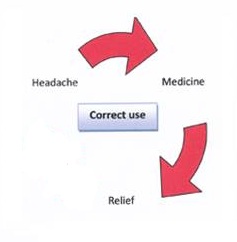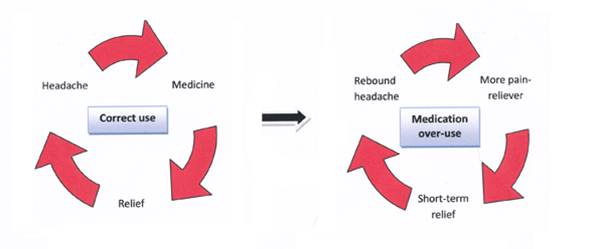
Cerebral aneurysms are caused by an area of weakness in the wall an artery, which leads to a bulge or pocket, which can then rupture causing bleeding inside the brain, subarachnoid hemorrhage (SAH).
xx
When we consider patients with cerebral aneurysms, we need to cover these 4 issues and questions:
1. Subarachnoid hemorrhage. What can happen when an aneurysm ruptures?
2. Clipping vs . coiling. How are cerebral aneurysms treated?
3. Unruptured aneurysms. What to do about if an aneurysm is identified on imaging study done for an other reason?
4. Screening. What should you do if a family member has had an aneurysm or SAH?
xx
Subarachnoid hemorrhage (SAH)

SAH usually presents with a thunderclap headache, which is the sudden onset of the worse headache of your life. There may also be vomiting, light sensitivity and a stiff neck.

SAH patient with L IIIn palsy (left panel) and subhyloid hemorrhage (right panel).
Physical signs may include a dilated pupil and drooping eye lid (if the aneurysm arises from the posterior communicating artery PComm) and bleeding behind the eye (subhyloid hemorrhage).

Brain CT showing SAH (blood is bright white) tracking around the central arteries (left panel) and spinal fluid from SAH patient showing each tube uniformly red from blood (right panel).
SAH is usually seen on a brain CT scan, although in rare cases (<5%) the CT may be negative, and lumbar puncture may be needed to show blood in the spinal fluid.
Aneurysmal SAH is a very serious problem – One third of patients die before they get to the hospital. Untreated, another third will another bleed, and two thirds of those patients will die. Those patients who do not re-bleed can suffer delayed complications, the most serious of which is vasospasm which can lead to ischemic stroke, disability and death.
SAH patients need intensive care on a specialized neurologic critical care unit, and need to undergo further evaluation and treatment as soon as possible.
xx
How are aneurysms treated?

Once an aneurysm is identified on cerebral angiography, there are 2 treatment options – clipping and coiling.
Clipping requires and open operation to locate the aneurysm, followed by the placement of clips around the neck of the aneurysm.
Coiling is performed through angiography – once the aneurysm has been located metal coils are inserted into the sac to cause blood clot to from and obliterate the aneurysm.
The decision as to which treatment is undertaken is typically made by a multidisciplinary team consisting of a neurologist, neurosurgeon and neuroradiologist, and will depend on the size and location of the aneurysm, as well as the age and co-morbidities of the patient. In general, patients who undergo coiling have quicker recovery times and the same outcome at 1 yr as patients who undergo surgery and clipping, but they have a slightly higher chance of recurrent aneurysm formation.
xx
What to do about aneurysms identified on an imaging study done for other reason?
Because of the increasing use of brain imaging, we are identifying more and more patients who have asymptomatic (or unruptured) aneurysms. It turns out that most cerebral aneurysms never rupture. Furthermore, there is a morbidity associated with the surgical treatment of aneurysms. However we already know that if aneurysms do rupture and cause SAH the morbidity and mortality is very high. So, what to do? To answer this question, we have to study the natural history of unruptured aneurysms, and compare the probability of SAH to the risk of surgical treatment.

Risk of aneurysm rupture (and SAH) based on its size and location.
Based on this data, you can see that the risk of rupture is very low for small aneurysms <7mm in size, and increases for larger aneurysms.
Most investigators think that the benefit for aneurysm surgery begins to exceed the risk when the aneurysm in >12mm in size. Patients with smaller unruptured aneurysms should quit smoking, manage their blood pressure, and undergo periodic re-evaluation for aneurysm enlargement.
xx
What should you do if you have a family history of aneurysm or SAH?
Unruptured cerebral aneurysms are common and familial. SAH is so devastating and has a poor prognosis. So who should get elective screening for aneurysms?
For individuals with ≥2 first-degree relatives who have had SAH, have a 8% risk of harboring an unruptured aneurysm, probably high enough to justify screening.
Individuals with only 1 affected first-degree relative have a higher relative risk of harboring an unruptured aneurysm that is only slightly higher than the general population, probably not high enough to justify screening.









